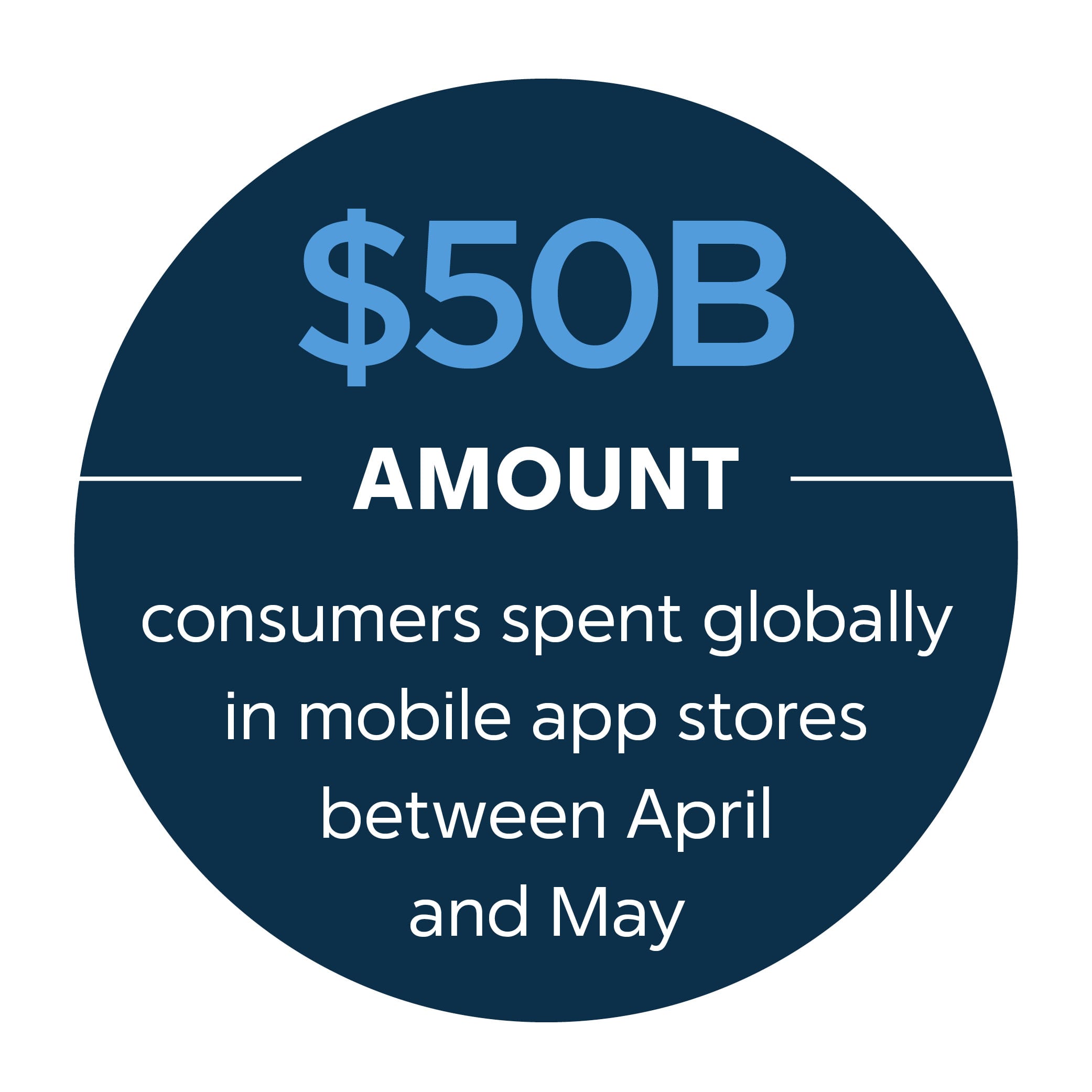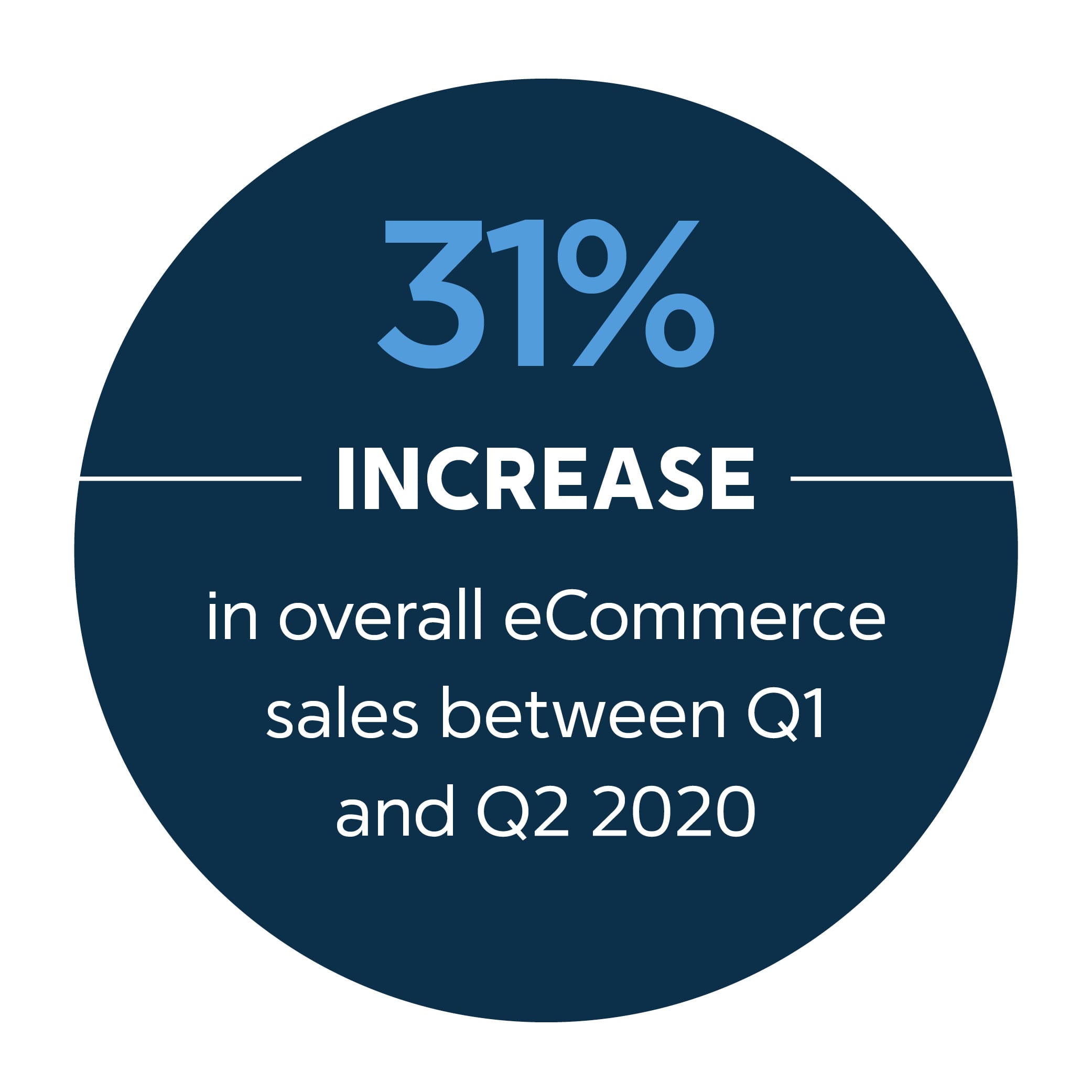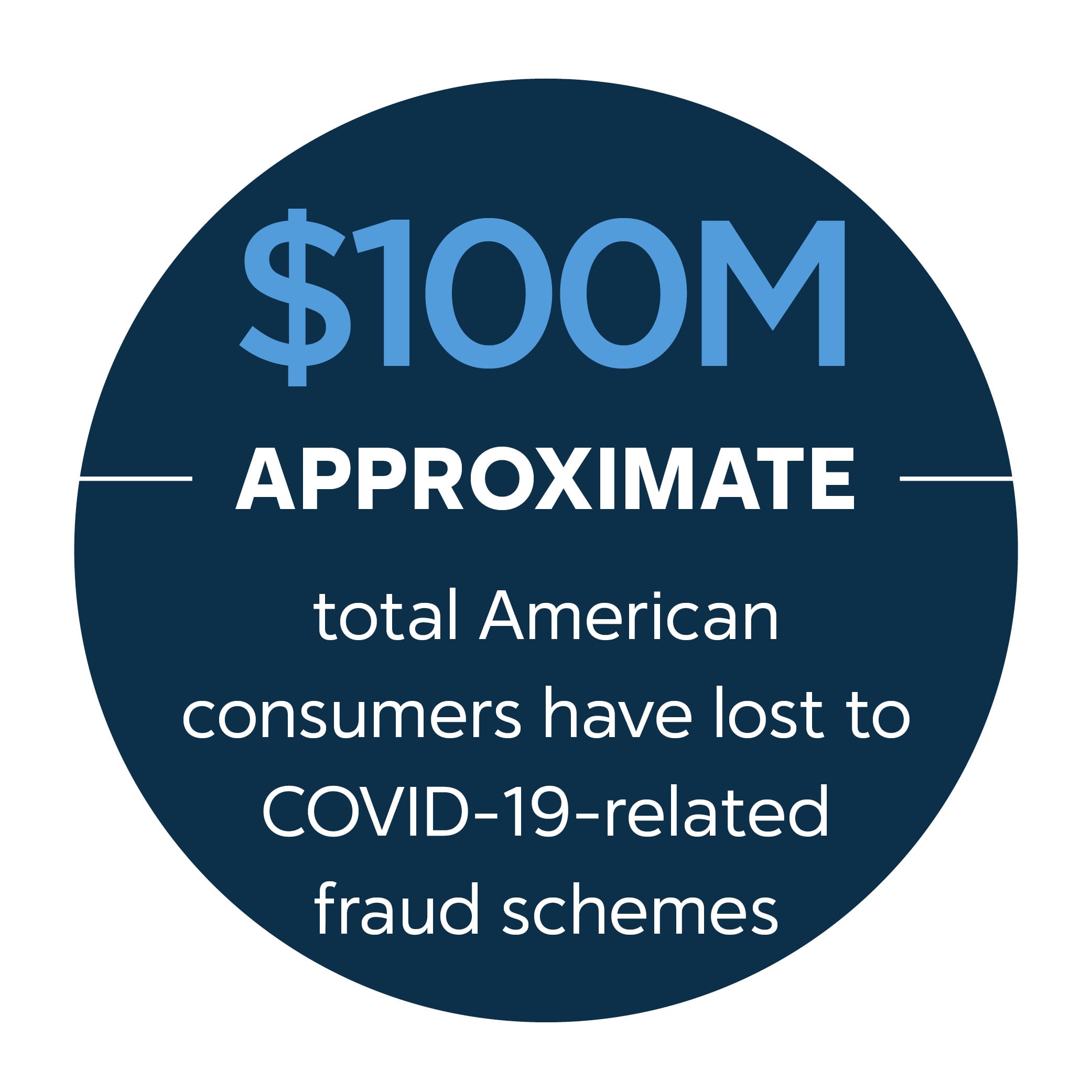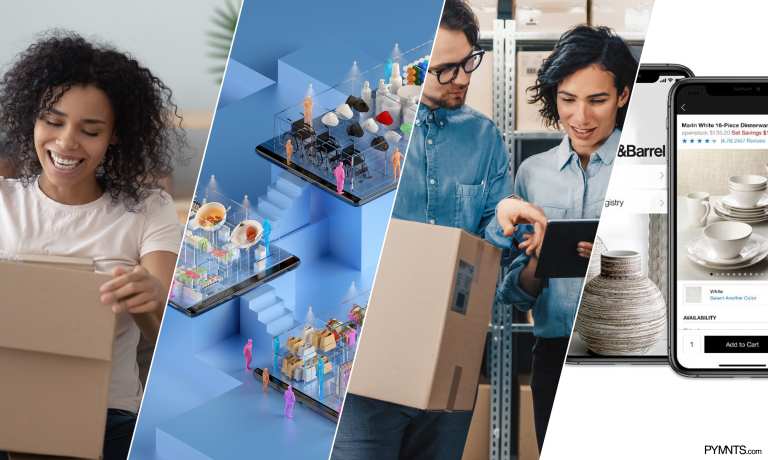Consumers were shopping, transacting and interacting with merchants via online or mobile channels well before the COVID-19 pandemic’s onset, but the global health crisis has dramatically accelerated this trend. Customers flocked to online platforms in the pandemic’s initial months as many nonessential retailers’ brick-and-mortar locations closed, and many consumers have no plans to go back. Others are altering how they shop and pay at brick-and-mortar locations now that retailers around the globe are reopening.
 Many consumers have expanded their use of contactless payments to minimize the risk of viral transmission, and they now expect access to these options wherever they shop. Forty-eight percent of consumers stated they would no longer shop at certain brick-and-mortar stores without access to contactless payments, for example. This suggests that consumers are searching for omnichannel experiences that can combine numerous channels’ best features rather than shopping exclusively online, via smartphone or at brick-and-mortar stores.
Many consumers have expanded their use of contactless payments to minimize the risk of viral transmission, and they now expect access to these options wherever they shop. Forty-eight percent of consumers stated they would no longer shop at certain brick-and-mortar stores without access to contactless payments, for example. This suggests that consumers are searching for omnichannel experiences that can combine numerous channels’ best features rather than shopping exclusively online, via smartphone or at brick-and-mortar stores.
In the latest edition of the Commerce Connected Playbook, PYMNTS examines how the ongoing COVID-19 pandemic has affected consumers’ and merchants’ omnichannel commerce plans. The Playbook also examines how retailers are implementing payment tools such as QR codes and contactless payments to stay on top of this shift, and what the present push to omnichannel means for the future of commerce.
Crate and Barrel On Weathering The Pandemic-Driven Push To O mnichannel
mnichannel
The pandemic’s first few months rapidly changed how consumers interacted with their favorite brands and retailers, prompting many to explore shopping online or via mobile phone. This shift has not changed what customers are expecting from their shopping experiences, however. Most shoppers now seek personalized and seamless interactions regardless of the channels through which they transact, Joan King, senior vice president of eCommerce for furniture and home goods retailer Crate and Barrel, explained in a recent PYMNTS interview. To learn more about how the pandemic has made smooth omnichannel shopping experiences more important, visit the Playbook’s Feature Story.
Advertisement: Scroll to Continue
Deep Dive: Why Retailers Are Merging Online, In-Store Shopping For The Omnichannel Age
 The global health crisis seems to have kicked consumers’ shift to digital commerce into high gear. Recent PYMNTS research found that this pandemic-driven move to eCommerce could lead to $158 billion in online sales that would have otherwise been made at brick-and-mortar stores, for example. The number of consumers shopping via smartphone also picked up swiftly after brick-and-mortar stores shuttered during the pandemic, with one March study finding that 17.2 percent of customers were shopping on mobile more often. Yet, brick-and-mortar retail is still on many consumers’ minds — though they now expect certain features and services that have not traditionally been associated with in-store shopping. The pandemic thus appears to be fostering an atmosphere in which consumers are seeking greater integration of all three channels — online, mobile, and in-store. To learn more about how retailers are responding to the pandemic-driven shifts in consumers’ shopping behaviors as well as what they mean for the future of commerce, visit the Playbook’s Deep Dive.
The global health crisis seems to have kicked consumers’ shift to digital commerce into high gear. Recent PYMNTS research found that this pandemic-driven move to eCommerce could lead to $158 billion in online sales that would have otherwise been made at brick-and-mortar stores, for example. The number of consumers shopping via smartphone also picked up swiftly after brick-and-mortar stores shuttered during the pandemic, with one March study finding that 17.2 percent of customers were shopping on mobile more often. Yet, brick-and-mortar retail is still on many consumers’ minds — though they now expect certain features and services that have not traditionally been associated with in-store shopping. The pandemic thus appears to be fostering an atmosphere in which consumers are seeking greater integration of all three channels — online, mobile, and in-store. To learn more about how retailers are responding to the pandemic-driven shifts in consumers’ shopping behaviors as well as what they mean for the future of commerce, visit the Playbook’s Deep Dive.
About The Playbook
The PYMNTS Commerce Connected Playbook series — a collaboration with First Data, now Fiserv — gives readers an overview of the latest developments, data and trends from the connected commerce space. Each Playbook covers major news involving connected commerce players and includes a data-driven deep dive into various retail segments and industries.

